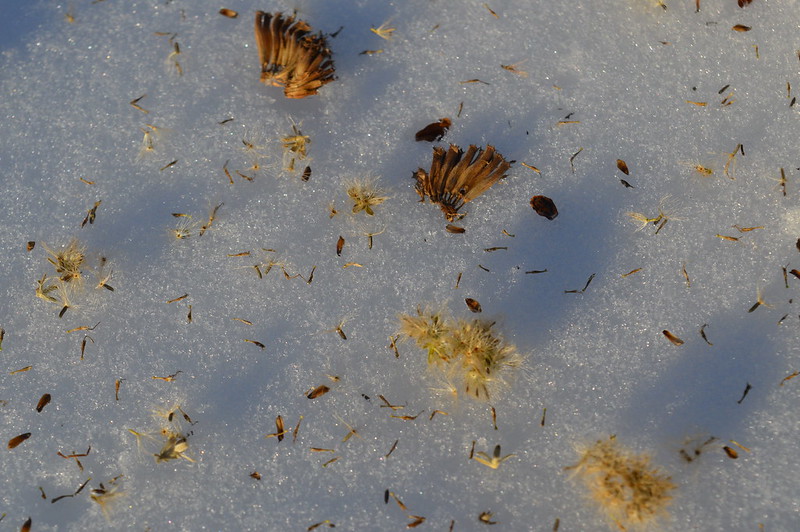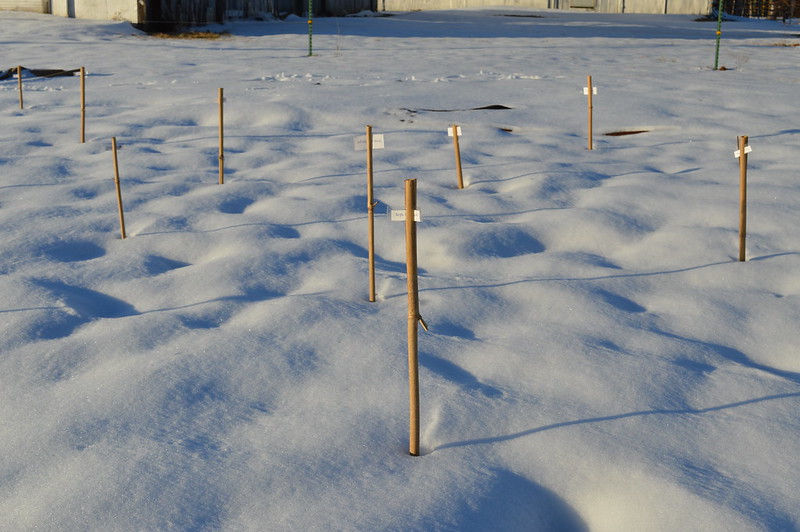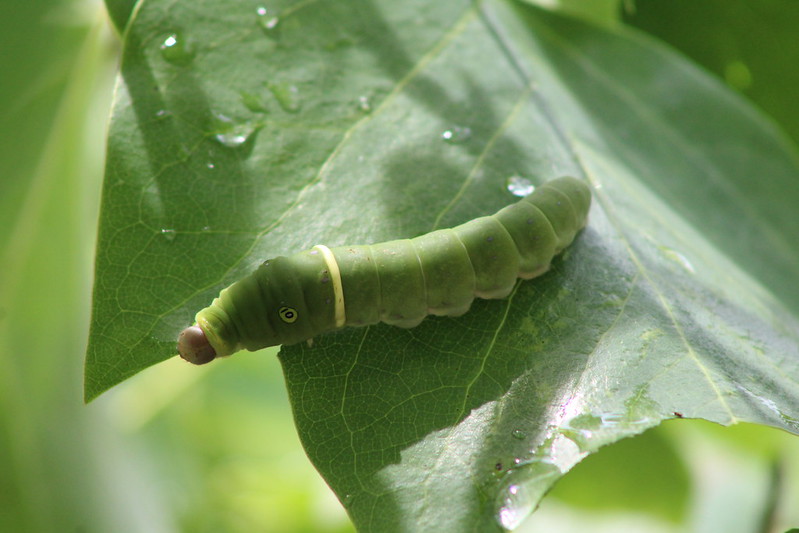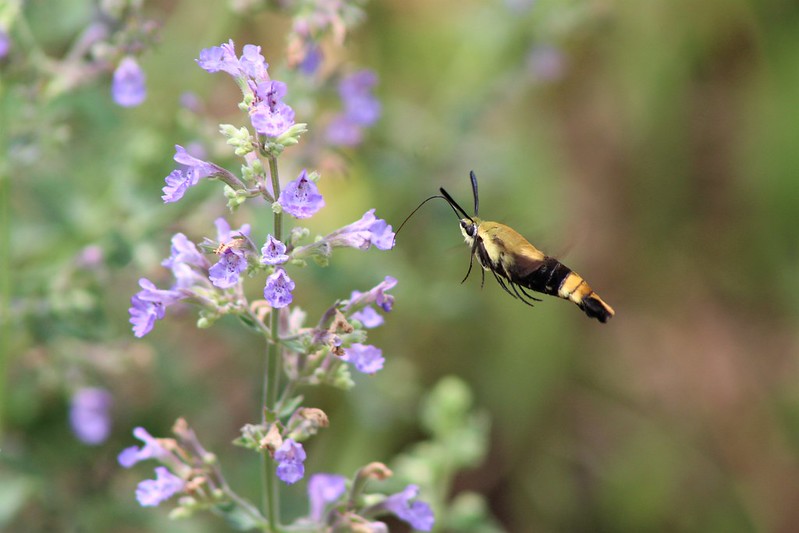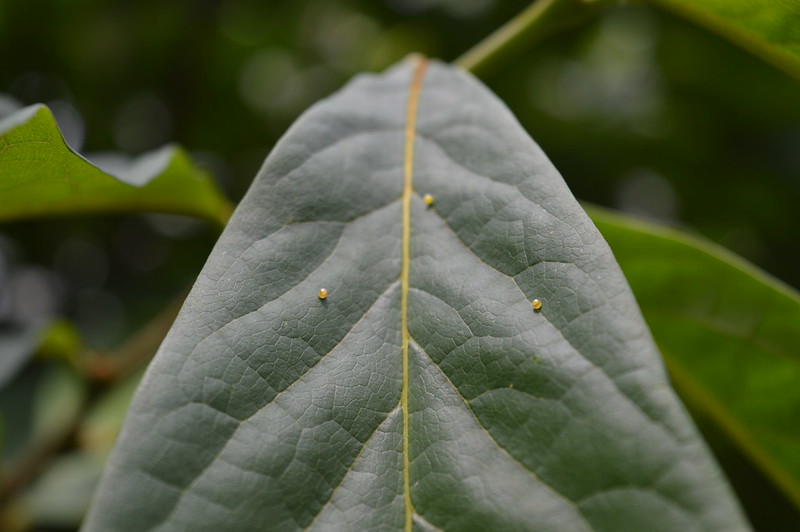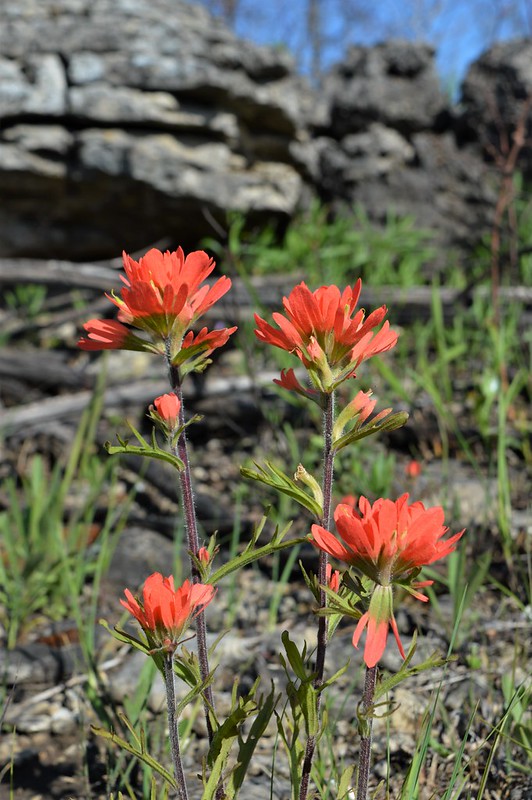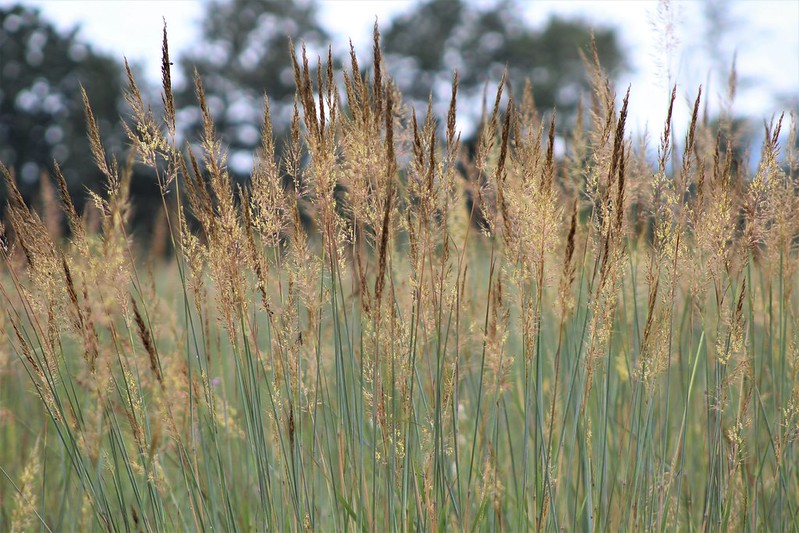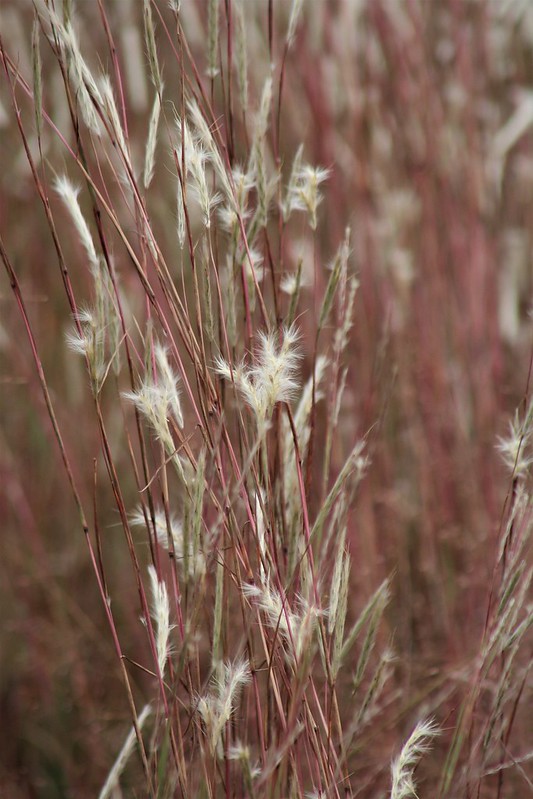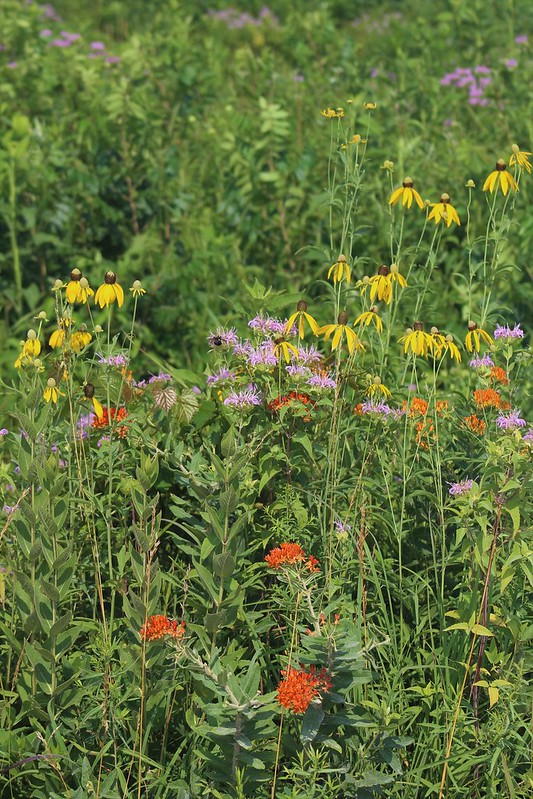This has been the best winter yet! I have so much to look forward to and plan for now that my husband and I own a little property. Whenever I walk outside I imagine how we can make this place a productive biological haven. It’s good to brainstorm, and I do often. It’s good to think, imagine, and dream because by doing that you are looking forward for what could be possible. You become aware of so much by gleaning ideas from books, podcasts, conversing with a friend, and then brainstorming with that knowledge. The more you learn and become aware, the more possibilities you are aware of and the more you can enjoy life.
Before the snow fell this past week, I planted all of my native seed that requires cold-moist stratification for optimum germination. It’s amazing just how many native perennial species require seed cold-moist stratification! It’s something I never knew about until a year ago. The freeze-thaw cycle throughout late winter and early spring will work each seed into the ground at the proper depth based on each seed’s size. It also stimulates germination for the proper time to start growing.
I’m a little nervous that the time I spent researching and carefully selecting every type of native seed for my garden will be in vain. It’s just so weird planting in the snow! But it is such a fun and hopeful thing to do in the winter. Even though everything is dormant outside, I imagine the array of color that will bloom from each seed I plant.
When selecting native seeds for my garden I studied books, online articles, prairies, and discussed with local native-meadow owners over the course of about a year or so. The most important factor to me is having enough native species in bloom (whether that be tree, bush, perennial or annual) for beneficial pollinators in every active season. The general minimum recommendation for the amount of flower species to be in bloom is three species per season: early spring, spring, summer, fall, late fall.

I ordered several tree seedlings from the Missouri Department of Conservation that will be arriving anytime now. Once mature, some trees and shrubs produce a very high density of pollen and nectar, especially native willows (important as early nectar/pollen source), maples (not silver maple as they are wind-pollinated), basswood, red buckeye (especially for hummingbirds), catalpa (catalpa moth caterpillars are outstanding for fishing), sumac, sweetspire, New Jersey Tea, elderberry, false indigo bush, and many more. We often take trees and shrubs for granted when it comes to flower production.
Just as important as nectar and pollen sources, think about host plants for the beneficial insect species you want to attract. Insects are at the bottom of the food chain and, especially moths and butterflies, rely on only a handful of plants that provide the “just right” chemical compounds to feed the growing caterpillars. Some insects I’d like to see a lot of here are tortoise shell beetles which prefer potato and morning glory vines; clearwing hummingbird moths which lay their eggs on trumpet vines, coral honeysuckle vines, and coralberry bush; monarch butterflies which lay their eggs solely on milkweeds; and yucca moths which have a strict interdependent relationship with yuccas. Therefore, I will sow new seeds, plant a few trees, and maintain for the bees what I already have accordingly. Ha, I like how that sounds.
I also look for what plant species will do well in my sandy, well-draining soil. Another factor for selecting what to plant is to consider what grows locally (you can also collect seed locally on roadsides). As much as I want to attract zebra swallowtails by planting paw paw trees for them to lay their eggs on, it may be difficult because paw paw trees are more of a lowland/ravine type of tree that likes acidic soil with organic matter. Even though paw paws may not do well in my soil, I’m going to try anyway.
Think about what could potentially be the most competitive species and do not mix them with your most treasured, delicate species. Examples of competitive perennial species are milkweeds, bee-balm, black-eyed susans, rattlesnake master, ironweed, blue mistflower, anise hyssop, etc. I planted a “weedy patch” of common ironweed, green milkweed, common milkweed, boneset, and bee-balm that Nathan won’t have to mow much in the summer.
Are there any plants you want that are somewhat parasitic on other plants? I sowed indian paintbrush among my grouping of penstemon because indian paintbrush is hemiparasitic and grows better when there is a host plant root system, and they tend to like penstemon.
Grasses are important to incorporate into your native planting if you are able to give your native garden the benefit of an occasional controlled burn. I am fond of little bluestem, splitbeard bluestem (my ultimate favorite), indiangrass, prairie dropseed, and oak sedge. Grasses are an integral fuel source for a controlled burn. A lot of native perennials thrive the year following a thoughtfully-timed controlled burn.
Sedges and groundcovers, though they don’t produce impressive blooms, are good to act as “green mulch” to hold moisture at the surface of the soil and also to shade new native perennial and annual seedlings in their vulnerable new-growth stage.
I hope some of these tips have inspired you to plant some natives in your own back-yard!
The best resources that I use often are:
Alan Branhagen’s books: Native Plants of the Midwest, and Midwest Native Plant Primer.
Missouri Prairie Foundation’s free online lectures on Youtube:
Grow Native is an excellent over-all resource
Doug Tallamy’s book Bringing Nature Home (lots of great info and photos on beneficial insects and their native host plants)
Mike Connor from Honey Tree Nursery in Michigan- awesome lecture on Youtube



